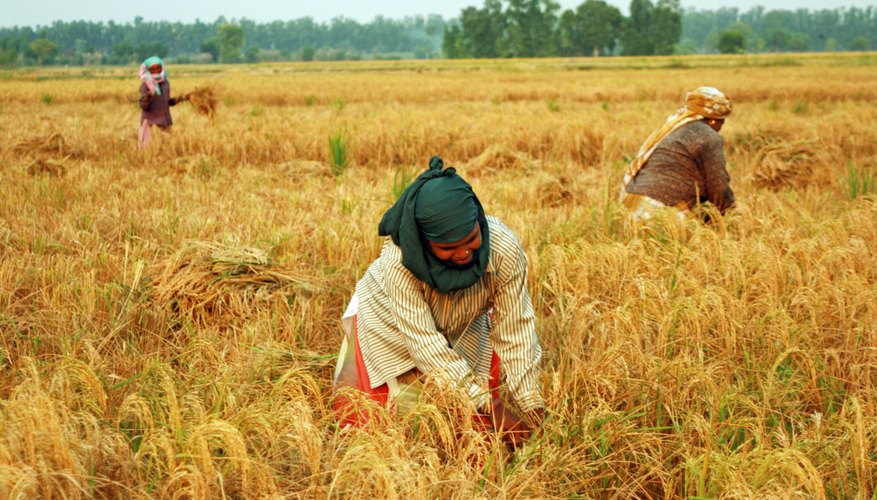Fair Trade is a global social movement that aims to assist producers in developing countries achieve better trade conditions and sustainable practises. While Fair Trade is geared towards benefiting producers it also benefits consumers and the environment. Unfortunately no system is perfect and there are some drawbacks to Fair Trade practises as well.
Fair Trade explained
Fairtrade International describes Fair Trade as “an alternative approach to conventional trade” that is “based on a partnership between producers and consumers.” Fair Trade secures better trade terms for producers of food and goods in developing countries, protecting them from exploitation by big corporations and economically powerful First World buyers. Fair Trade standards provide producers with a stable market fixed by realistic minimum prices and in so doing allows them to “improve their lives and plan for their futures.” In addition to the minimum price an extra money is paid into a communal fund that can be accessed by workers and farmers to improve their social, economic and environmental conditions.
Advantages for producers
According to the Fair Trade Hub the primary goal of the Fair Trade movement is poverty alleviation among producers of food and goods in developing countries (see Resources). Fair Trade empowers producers by providing economic stability and requires that workers are actively involved in making decisions regarding their future. Fair Trade standards attempt to create a sustainable environment in which producers and their families can flourish now and in the future.
Advantages for consumers
With Fair Trade certification consumers are able to make educated decisions regarding their purchases and can choose to buy products aligned with their own values and ethics. Fair Trade encourages sustainable practices, such as organic farming, which protect the environment and reduce the amount of artificial chemicals in consumer goods.
Drawbacks for producers
Producers are required to pay certification fees and meet certain standards in their production in order to affiliate with Fair Trade. Such barriers may prove insurmountable to some smaller producers while larger producers, who can afford the initial expense, then benefit additionally from Fair Trade agreements.
Drawbacks for consumers
Fair Trade products currently make up a small but growing portion of all food produce and consumer goods. In some places they are hard to find and are only available in specialty stores where they are sold at high prices. There is currently no standard applied to the percentage composition of Fair Trade goods that allows a supplier to label their product “Fairtrade”. According to World Centric both “100% importers and 1% importers are deemed as fair trade importers.” This leaves the market open to exploitation by companies who market their goods as Fair Trade, in order to charge more or secure a greater market share, while only a small percentage of the product is in fact so.
- Fair Trade products currently make up a small but growing portion of all food produce and consumer goods.
- This leaves the market open to exploitation by companies who market their goods as Fair Trade, in order to charge more or secure a greater market share, while only a small percentage of the product is in fact so.
